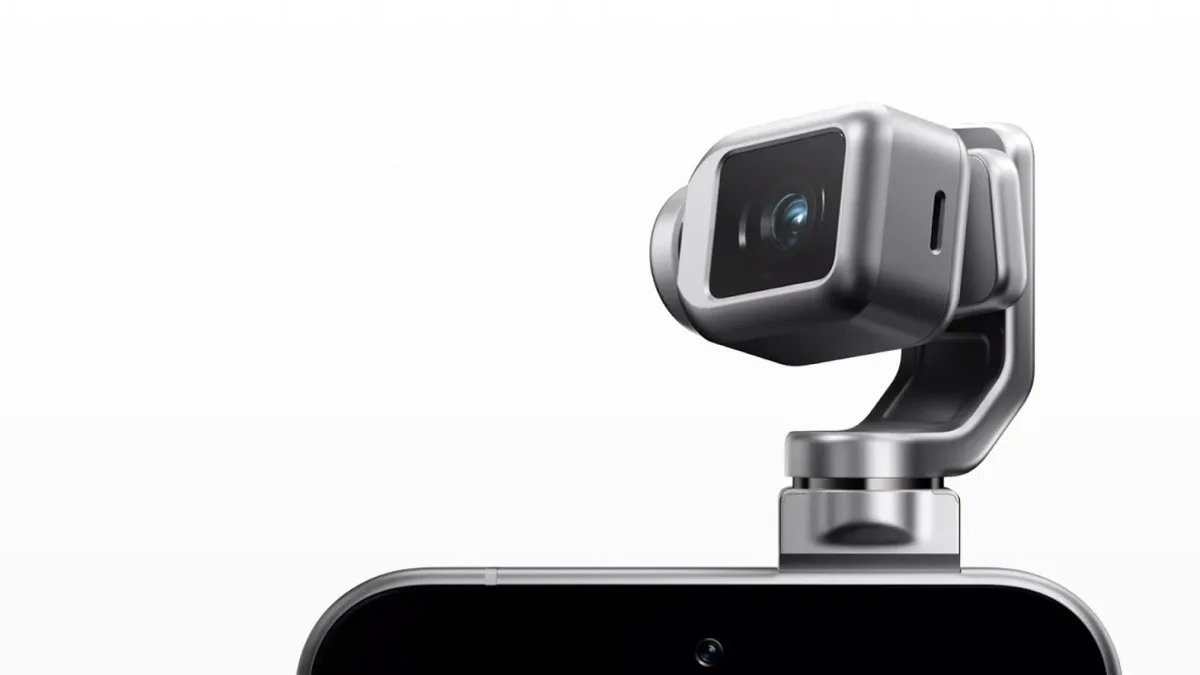The Tab 8 Nxtpaper has a MediaTek MT8755 processor, 4GB of RAM, and 64GB of storage. This is the same processor as last year’s larger and more expensive Tab 10 Nxtpaper ($239.99). The Galaxy Tab A9+ uses a more powerful Qualcomm Snapdragon 695 processor with 4GB of RAM and 64GB of storage. Thankfully, you can add storage to all of these tablets with a microSD memory card, including up to 2TB on the Nxtpaper Tab 8.
The included 64GB doesn’t get you very far. I was able to download our benchmarking software, but not all of the games that we use for testing, before the storage ran out.
Geekbench 6 measures CPU performance, and the Tab 8 Nxtpaper didn’t do particularly well. It scored 789 on the single-core test and 1,940 on the multi-core test. Unsurprisingly, those numbers are similar to the Nxtpaper Tab 10, which notched 734 and 1,908. The Tab A9+ did better with 908 and 1,975, while the Fire HD 8 performed worse at 192 and 901.
(Credit: Geekbench/GFXBench/PCMag)
We use the GFXBench suite to test GPU performance. It ran the Aztec Ruins High Tier test at 17 frames per second (fps), while the Tab 10 ran it at 9fps. Surprisingly, the Tab 8 performed even better on this test than the Galaxy Tab A9+, which managed just 12fps. All of these numbers are low compared with most midrange or high-end Android tablets, which can easily surpass 60fps.

Get Our Best Stories!
All the Latest Tech, Tested by Our Experts

By clicking Sign Me Up, you confirm you are 16+ and agree to our Terms of Use and Privacy Policy.
Thanks for signing up!
Your subscription has been confirmed. Keep an eye on your inbox!
Overall, the tablet feels slow. It takes a while to boot up, and apps don’t always open immediately. There’s usually some kind of lag when navigating the user interface. I could download and play Alto’s Odyssey without a hitch, but couldn’t get Genshin Impact to install at all. Though smaller games suitable for kids may run well enough, the Tab 8 is not meant for AAA titles.






